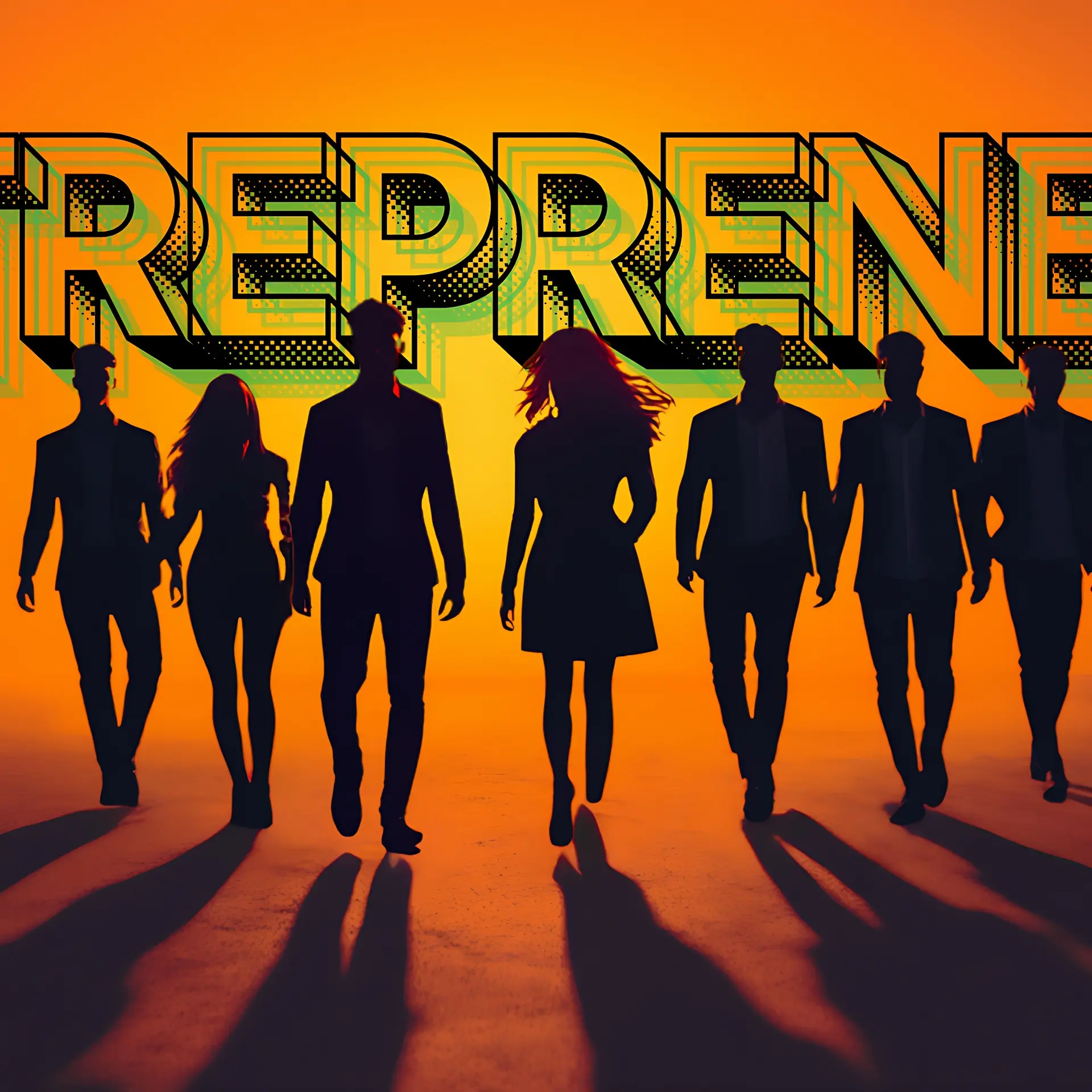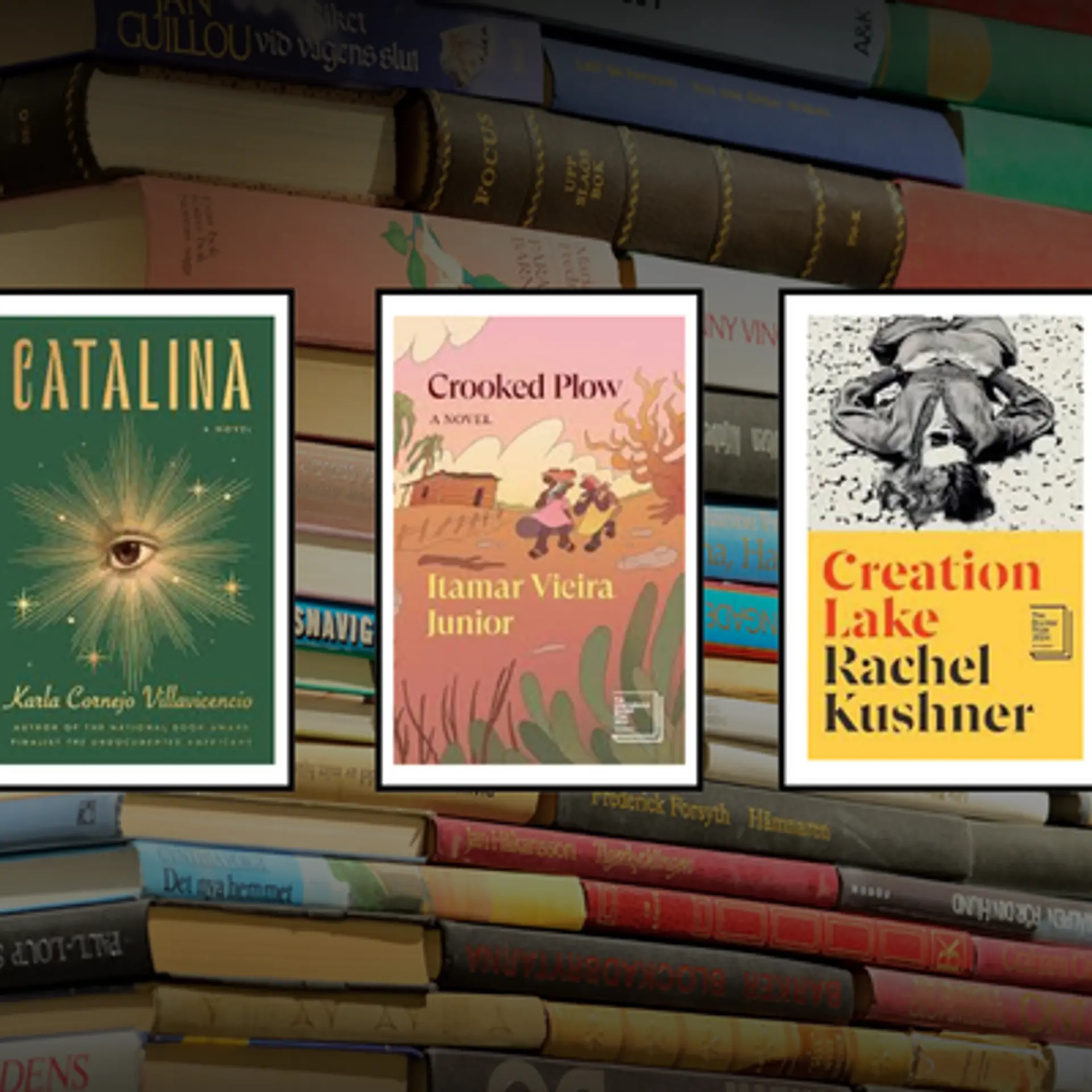100 Emerging Women Leaders: How Tanya Singhal is enabling the masses to offset their carbon emissions
Many years ago, Tanya Singhal learnt that solar energy could be priced lower than coal. Today, she has employed AI and IoT to make this dream a reality.
After graduating from Indian Institute of Technology Delhi (IITD) in 2007 and a few years into working at Boston Consulting Group (BCG), Tanya Singhal attended a presentation that demonstrated how just 7.5% of the Thar desert covered with solar panels was sufficient to power the whole country.
This left her awestruck and sparked an interest in her for solar power.
A study at BCG, which was conducted along with India@75 vision with entrepreneur and author C K Prahlad on the big infrastructure trends in the future, found that solar could be an important source of power.
In 2009, Singhal conducted a data analysis that showed that solar power would be cheaper than coal by 2020.
This idea created a paradigm shift in her understanding of energy, and has to date been the catalyst in her sustainability journey. Her unique innovation lies in creating tech-enabled climate consciousness among all stakeholders —the public, corporates, and the government.
In January 2023, Singhal, along with James Abraham, a senior partner in BCG, joined hands to launch .
Mynzo aka MyNetZero Carbon, is an application that assists individuals and enterprises in automatically tracking their carbon emissions, adopting reduction measures, and offsetting their carbon footprint through investing in personal forest assets.
After downloading the app, one’s daily activities are automatically determined and converted into their carbon footprint in real-time, using nothing but the phone’s in-built sensor data. This eradicates the need for any manual data entry. For companies, employee emissions are consolidated on the application’s dashboard, and can be classified under activities, division, department and location.
Mynzo’s assessment calculates the forest space required to recapture all individual and enterprise emissions. They can purchase forest spaces required to offset their carbon emissions, and track the growth of vegetation over their lifetime through the application. Through the concept of circular economy, the produce from these agro forests goes to the farmers tending to them, and the carbon that is sequestered is assigned to the individual or the corporate.
As the forest grows, the enterprise’s annual purchase of carbon credits decreases.
This functioning and process is built on the idea that knowledge is key, says Singhal. “You cannot find solutions to what you don’t know or cannot measure,” she says.
By the time Singhal founded Mynzo Carbon, she had established a stronghold in building tech-powered solutions to mitigate carbon impact in the country. Her first entrepreneurial venture, an engineering driven firm focusing on solar thermal technology, had to shut down.
Despite the closure of her first company, a solar thermal firm that owned, operated, managed and financed utility-scale solar power projects Singhal honed her vision further and founded SolarArise, a renewable energy platform, under which she raised over Rs 2000 crore of capital to build seven large solar plants totaling about half a gigawatt, powering more than 250,000 homes and reducing 600,000 tons of CO2 emissions per annum.
Her vision and persistence culminated in a successful exit through a listing as a part of an InVit on the London Stock Exchange, proving the viability and profitability of solar energy as an investment.
With this, their investors, including Core Infrastructure India Fund and Global Energy Efficiency and Renewable Energy Fund, received multifold returns on their investment.
“We were the first Indian company to list renewable assets on LSE as a part of the ThomasLloyd Energy Impact Trust. Through the listing and the sale, we exited the company with multifold returns to our initial investors, proving thereby, the economic feasibility of investment in solar energy,” says Singhal.
But years before this happened, Singhal had already achieved a lofty goal.
“While we had predicted that solar would be cheaper than coal in a decade from 2010, we reached our target five years ahead of that prediction in 2015,” says Singhal.
As part of SolarArise, the team built a plant at grid parity; its last plant was at Rs 2.3 / unit, which was much cheaper than coal at > Rs 4.5 / unit.
According to Singhal, sustainability works best when there is an economic rationale in it. “You can invest a few 100 or 1000 dollars for CSR, but larger investments require an economic rationale,” she says, and adds, “While it is true that renewable energy has the potential to make India’s net zero dream a reality, it cannot be done without the involvement of the masses. And the masses will get involved when any step they take towards energy efficiency or a carbon neutral planet reaps benefits for them in the future.”
Without bringing about any major changes to their lives, Mynzo enables individuals and corporates to find assets in the form of forests that they invest in, and own. These are taken care of by Mynzo and its partners. The company is currently in pre-revenue stage with several pilots ongoing with different corporates in India and the United States.
A journey of learning
However, Singhal’s transition from a stable career in strategy consulting at BCG to the nascent, and highly volatile solar energy sector wasn't easy.
“The solar industry, especially in the early 2010s, was fraught with technological uncertainties, regulatory changes, and financial instability. Additionally, entering a traditionally male-dominated field presented its own set of societal and professional barriers,” she says, and adds, “The shift required a profound adaptation in my mindset from the structured, corporate environment of consulting to the dynamic, often unpredictable world of startups.”
Championing inclusivity in the traditionally male-dominated infrastructure realm, Singhal has created countless opportunities for women, breaking barriers and fostering an environment for female leadership. Her journey embodies not just business acumen but an impassioned drive for a more sustainable future.
“I had the courage to inspect construction sites in remote Indian villages, wear hard hats, and visit Chinese module factories. I have taken roles across the value chain and encouraged my female colleagues to do the same. I have been in boardrooms full of men and yet never ever felt out of place,” she says.
Singhal wears the badge of being the only woman founder of a utility-scale solar power company on the government industry panel. She also sits on the board of Milaan, an NGO supporting underprivileged adolescent girls who aspire to excel professionally.
As one of the few successful women entrepreneurs in the climate and infrastructure space, she has been recognised through prestigious awards such as Business World 40 under 40, Asia’s Most Influential Women in Renewable Energy, Woman of the Year in Solar, and Entrepreneur of the Year.
Pursuing the concept of circular economy, Mynzo Carbon, along with an NGO called Naandi, is in the process of creating 500 acres of an agro forest in Araku in Andhra Pradesh, the produce from which will go to the farmers cultivating it.
“With a simple action, this is how you can create a groundswell of change, collectively,” says Singhal.
Beyond her professional pursuits, she is an advanced scuba diver, a fervent cyclist, and learns Hindi classical music and ukulele.
Edited by Affirunisa Kankudti







